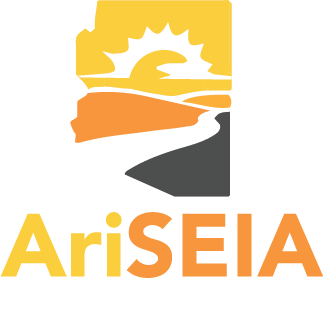|
Investing in infrastructure is an opportunity to imagine and build a better future for everyone. The influx of federal dollars from the recently-adopted Inflation Reduction Act and the Bipartisan Infrastructure Law is a once-in-a-generation chance to imagine what a better future for Arizona looks like and then to make it real.
New federal funds have enormous potential to save residents and businesses money on energy and transportation, create new jobs, and expand prosperity – while also improving our health and protecting our climate. However, how local governments choose to implement new policies will have a large effect on their overall impact. We, a coalition of 14 clean energy, energy efficiency, community health, and environmental justice groups, write to ask you to maximize the benefits of this unprecedented opportunity and to steer our region toward a better future. Specifically, we urge you to identify, direct federal funding towards, and maximize public participation in projects and programs that will:
Opportunities to deliver these kinds of benefits to the region and state are plentiful within the Inflation Reduction Act and the Bipartisan Infrastructure Law. For example, states and local governments can:
Successfully implementing the Inflation Reduction Act and the Bipartisan Infrastructure Law will require coordination and cooperation across all levels of government. Our organizations stand ready to assist with the task at hand. We look forward to meeting with you and your staff to help identify opportunities to increase benefits, connect your staff with grant-writing assistance, support your funding applications, or discuss your investment or synergistic policy plans. Additionally, please take a look at the resources and assistance available through the Local Infrastructure Hub, including a grant application bootcamp for small- to medium-sized cities. (localinfrastructure.org) We look forward to working with you to maximize the benefits of this unprecedented investment in the future of our region.
0 Comments
Leave a Reply. |
AriSEIA NewsKeep up with the latest solar energy news! Archives
July 2024
Categories
All
|
NEWS
See what AriSEIA is up to on the policy front.
The Arizona Solar Energy Industries Association (AriSEIA) is a 501(c)(6) non-profit trade association representing the solar, storage, and electrification industry, solar-friendly businesses, and others interested in advancing complementary technologies in Arizona. The group's focus is on education, professionalism and promotion of public policies that support deployment of solar, storage, and electrification technologies and renewable energy job growth and creation. |
FOLLOW Us |
Copyright © 2019 AriSEIA - All Rights Reserved

 RSS Feed
RSS Feed
